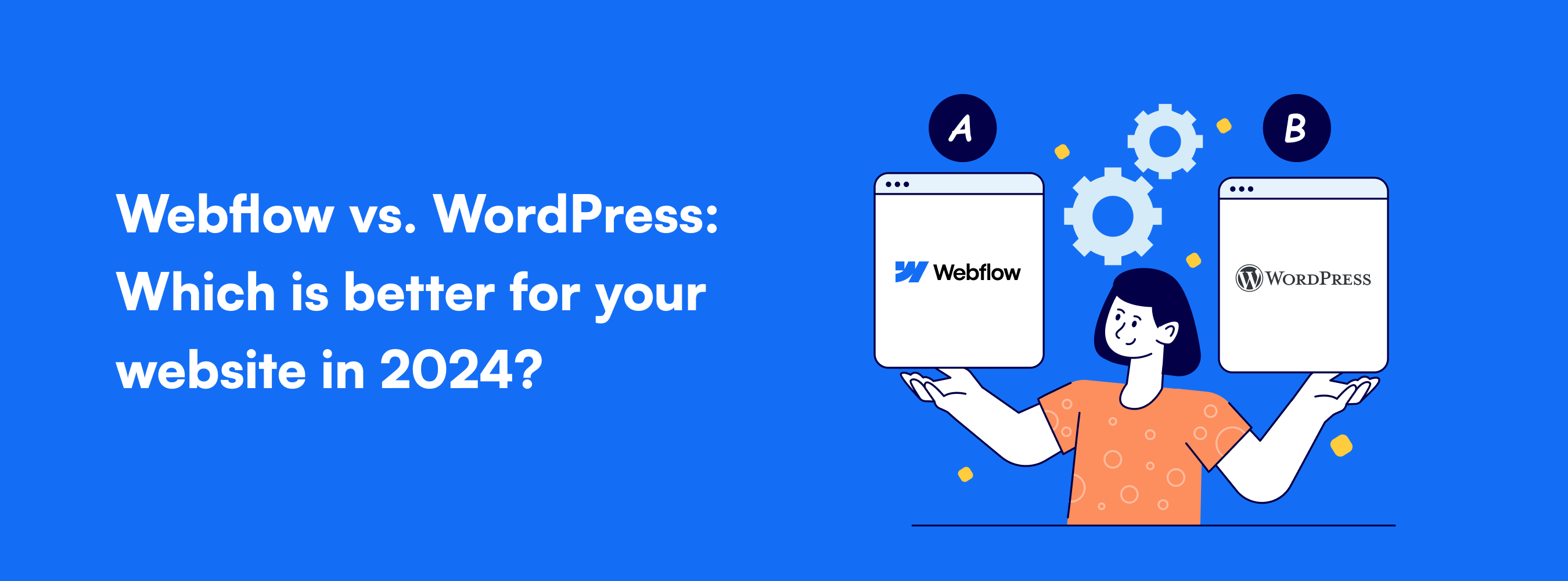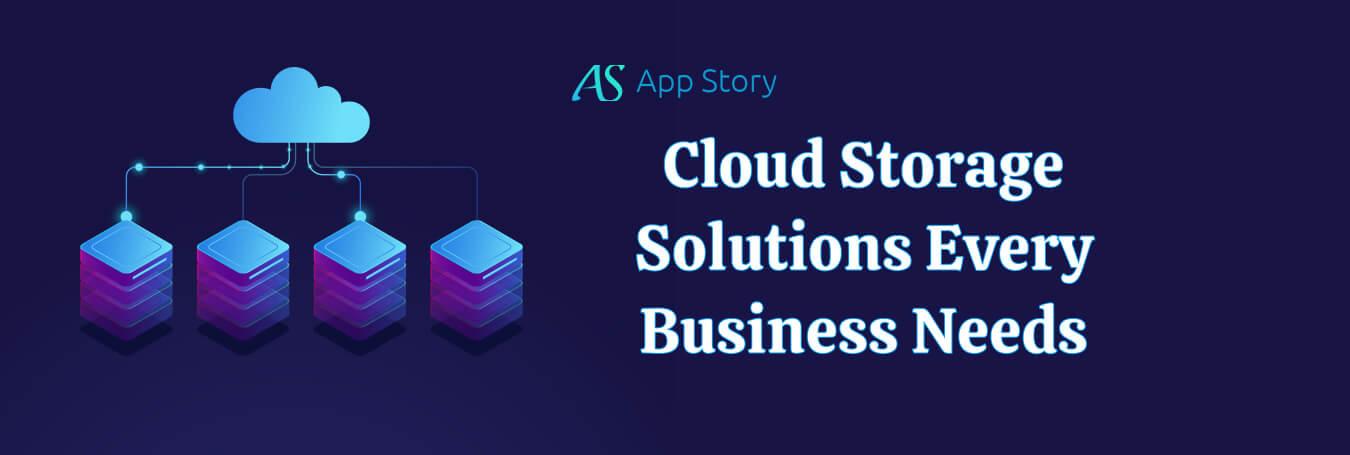Millions of MB data getting transmitted in just a blink of an eye! Sounds impressive, right? With the introduction of 5G network, this is now possible.
As per the study report by GSMA, by 2025, approximately 1.4 billion devices will run on this high-speed 5G network. Another report by IHS Economics shows that by 2035, the 5G network is expected to contribute almost $12.3 trillion of global economic output.
An app development company can gain a clear insight into the bright future the Fifth Generation wireless cellular network has from these stats.
5G is not just a modified version of its predecessor 4G. It is a whole new network architecture. This is why its impact is going to be more than just changing the landscape of wireless communication. It is going to leave a deeper impact on the app development as well. But how? Well, that is what you will find in this blog.
Why is 5G Getting This Much Attention?
The killer speed offered by 5G is the main reason why it is gaining this much importance in the market. The applications that you now download in a minute, will take only seconds to be downloaded.
Recent market research reports indicate that by 2024, cellular networks and Wi-Fi will satisfy only 81% of the mobile and content traffic demands. So, to deal with the consequences, companies like Samsung, Ericsson, Vodafone, Cisco, Nokia, and other mobile companies are working hard for 5G development.
Now, speed is not the only benefit brought by 5G. It has to offer more.
Exploring the Evolution of Cellular Technologies
To grasp the significance of 5G and its transformative potential, it’s essential to trace the evolutionary path of its predecessors. Let’s delve into a brief overview of each preceding cellular technology:
- 1G (Analog): Emerging onto the scene in the 1980s, 1G marked the advent of wireless communication. This analog technology facilitated basic voice calls with a modest data transfer rate of 2.4 Kbps.
- 2G (GPRS): Introduced in 1991, 2G heralded the era of digital cellular networks. It revolutionized communication by offering users internet connectivity, voice calls, and SMS at a speed of 50 Kbps, laying the groundwork for mobile data services.
- 3G (UMTS): In 1998, the third generation of telecommunications technology, 3G, emerged, boasting speeds of up to 2 Mbps. It was a pivotal moment in the evolution of mobile communication, fueling the rise of smartphones and enabling features such as picture messaging and video calls.
- 4G (LTE): With its debut in 2008, 4G became the gold standard of wireless technology. Delivering maximum speeds of 100 Mbps, it facilitated data-intensive activities such as HD media streaming, online gaming, and video conferencing, shaping the digital landscape we inhabit today.
And now, the eagerly anticipated arrival of 5G!
Let’s explore its promise and potential as it continues to redefine connectivity and unlock a new era of innovation and possibility.
Trusted Wireless Interactivity
The present-day wireless technology development revolves around such practices where the developers have to deal with the slow nature! Of course, LTE and 4G are fast but still, they are not above the setbacks. Even in many cases, you will witness recommendations like download only on the availability of Wi-Fi connection.
With 5G coming into the scene, this will no longer be an issue.
Zero Latency
Suppose that you are using a mobile app and it is taking ages to respond to just one action. Feeling frustrated in this situation is quite obvious.
Latency is one of the most common issues in the economy of mobile app development in NYC these days. With 5G being present in the scene, latency will no longer be an issue. Especially, for the AR/VR enabled mobile applications, this network will be like a blessing.
Enhanced Use Experience
Another perk of using the 5G network is clarity. Suppose you have a 2G connection and you are trying to watch a video or listen to some music. The experience you will have with a 2G connection is never the same with an LTE network. The latter will obviously give you a better experience. Similarly, with 5G, everything will be advanced.
While using or streaming an app on the 5G network will automatically enhance the user experience as the app’s UI will get elevated to some large extent.
Well, other than all these, 5G will provide with
- Greater connectivity experience
- Advanced cloud technology support
- Ambient computing, and more.
Industry Verticals to Benefit Most by 5G
Every mobile app development company in New York will agree to this point that the introduction of 5G will bring revolution to diverse industry verticals. It will change the way different industries think about app development. Here is a list of some industries that are expected to get the most benefits offered by 5G networks.
Manufacturing Industry
Today, almost half of the processes in the flex manufacturing industry is fully automated. Automated processes ensure higher productivity along with top-notch accuracy. Now, with 5G, all these automated processes will become faster!
Healthcare Industry
To ensure better patient care at reduced cost, the medicine and healthcare industries are embracing advanced technologies. Also, adopting the latest technologies in healthcare makes sure to give improved control over assets, relieve the pressure on the hospital resources along with a lot of other things. With 5G, people can access all the services faster.
AR/VR Industry
AR/VR is one of the hottest topics in today’s market. However, it is still not have been adopted widely across the globe. It is expected that with 5G being widely available, the AR/VR technology services can finally go mainstream.
Smart Cities
Smart homes and smart cities are no more fiction. With 5G, it is possible now. Millions of sensors can work together in real-time in the 5G network with zero latency.
Thus, 5G is going to leave a deeper impact on industry-specific app development. And this is why any mobile app development company in NJ should pay the utmost attention to understand this network architecture on a priority basis. By leveraging its full power, businesses can take their app development standards further.






 United States
United States United Kingdom
United Kingdom India
India Canada
Canada Singapore
Singapore



































